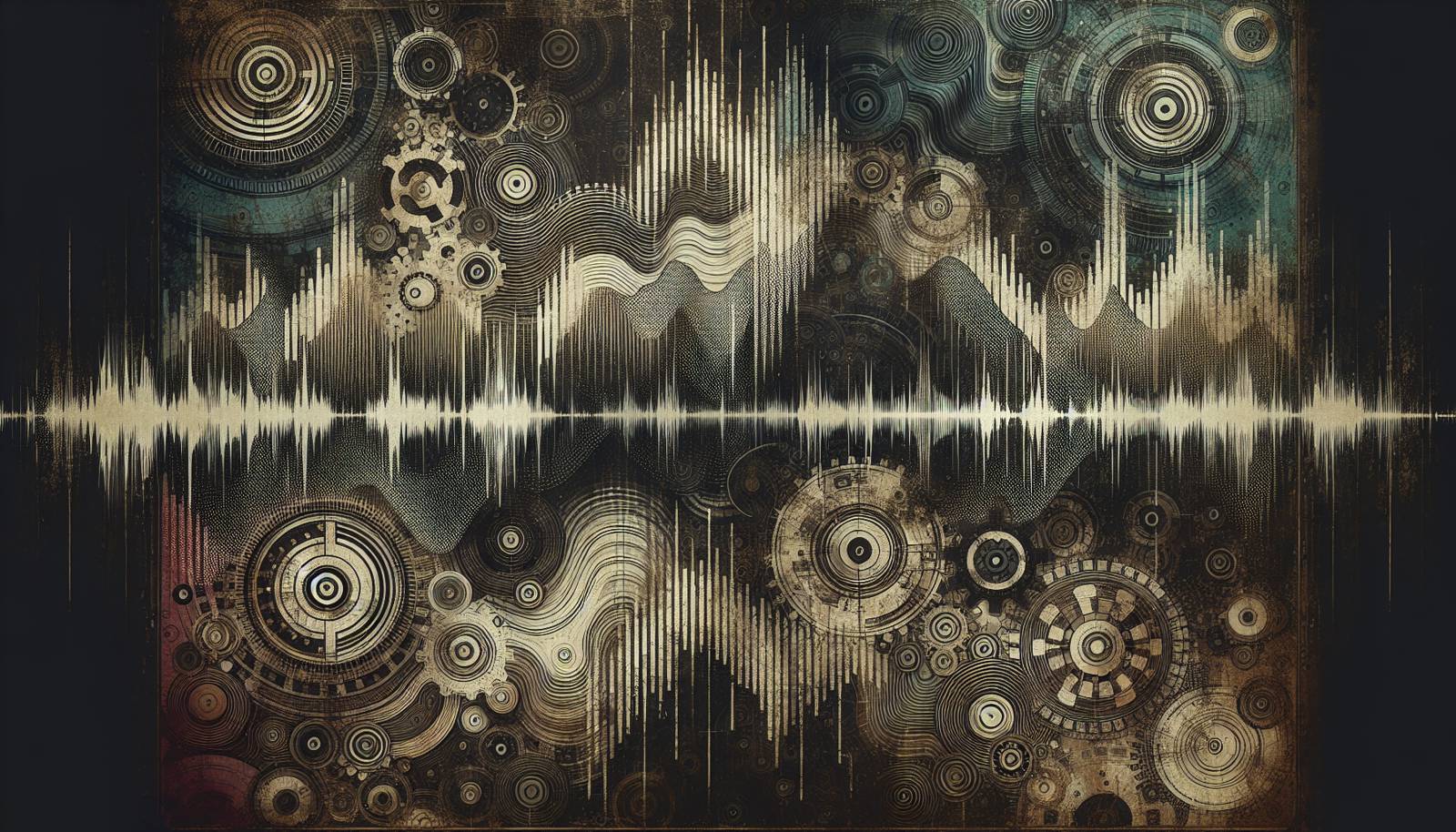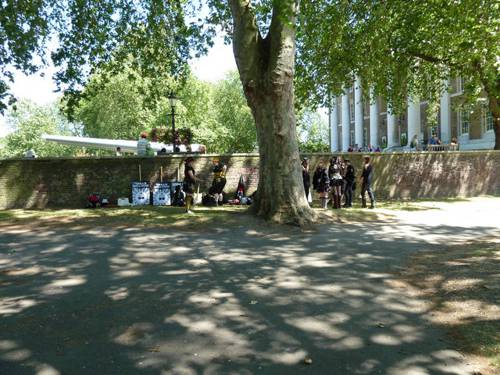
FAQ About Impact of Industrial Music on Subcultures

What is industrial music?
Industrial music is a genre that emerged in the late 1970s, characterized by its use of avant-garde and provocative themes, harsh and synthetic sounds, and an overall experimental approach. It often incorporates elements from genres such as electronic, punk, and rock music, using non-traditional instruments and technology to create its distinctive sound.

How has industrial music influenced subcultures?
Industrial music has had a significant impact on various subcultures by promoting alternative views, aesthetics, and lifestyles. It has provided a platform for political and social commentary, encouraging a questioning attitude towards mainstream society. This music has also fostered unique fashion styles characterized by dark, edgy, and metallic elements, influencing goth, cyberpunk, and rivethead subcultures, among others.

Which subcultures are most associated with industrial music?
The subcultures most closely associated with industrial music include goth, rivethead, and cyberpunk. These groups embrace the dark and dystopian themes often found in industrial music, reflecting these elements in their fashion, art, and cultural practices. Additionally, industrial music often crosses paths with other scenes such as punk and electronic body music (EBM) fans.

What are some key characteristics of the industrial music sound?
Key characteristics of industrial music include the use of harsh, abrasive sounds, often produced using synthesizers, drum machines, and samplers. Its tracks may feature noise and distortion, repetitive beats, and abstract or unsettling effects. Vocals in industrial music can range from melodic to shouted or distorted, contributing to its intense and raw atmosphere.

Who are some influential artists in the industrial music scene?
Some influential artists in the industrial music scene include Throbbing Gristle, often credited with pioneering the genre, alongside others like Einstürzende Neubauten, Nine Inch Nails, Ministry, Skinny Puppy, and Front 242. These artists have helped shape the sound and aesthetic of industrial music through their innovative use of technology and exploration of unconventional themes.

How did industrial music initially form and develop?
Industrial music formed in the late 1970s, with roots in the avant-garde and punk movements. It developed as artists sought to push the boundaries of conventional music through experimentation with sound and production techniques. The genre further evolved in the 1980s and 1990s, incorporating electronic dance music elements and attracting a larger audience, solidifying its influence on subcultures.

What is the typical fashion style in industrial subcultures?
Typical fashion styles in industrial subcultures include the use of dark, often monochromatic clothing accented with leather, metal, and distressed materials. Common accessories might include industrial boots, harnesses, and futuristic or dystopian elements like goggles or masks. Hair is often styled in striking, unconventional ways, further reflecting the edgy and non-conformist aesthetic of these groups.

What themes are commonly found in industrial music lyrics?
Industrial music lyrics often explore themes of alienation, dystopia, dehumanization, societal control, and technology's impact on humanity. There is often a focus on dystopian futures, personal and social anxieties, and opposition to political and cultural norms. These themes resonate with the subcultural communities that embrace industrial music, providing a voice to those questioning mainstream societal narratives.

How does industrial music relate to the goth subculture?
Industrial music relates closely to the goth subculture through its shared dark aesthetics, themes of introspection and rebellion, and a mutual love for the dramatic and the mysterious. While distinct, there is considerable overlap in fans and practitioners between the two cultures, which commonly see collaborations and influences in both musical expression and style.

Is there a connection between industrial music and electronic body music (EBM)?
Yes, industrial music and electronic body music (EBM) are closely connected genres. EBM emerged in the early 1980s, blending elements of industrial music with more danceable, electronic beats. Both genres share an emphasis on synthetic sounds and a dark aesthetic, although EBM typically focuses more on rhythm and danceability compared to the more experimental and abrasive nature of traditional industrial music.

How has industrial music influenced fashion beyond its immediate subcultures?
Industrial music's influence on fashion extends beyond its core subcultures into mainstream fashion, particularly in its adoption of utilitarian, minimalist, and raw aesthetics. Designers have drawn inspiration from industrial themes, incorporating elements such as heavy fabrics, exposed zippers, and metallic details into their collections. This reflects a broader acceptance and integration of subcultural styles in mainstream fashion and popular culture.

What role does technology play in industrial music?
Technology plays a critical role in industrial music, particularly through the use of synthesizers, samplers, and drum machines, which enable the genre's characteristic sound. Artists often experiment with new and unconventional technologies to create unique audio experiences, using them to distort sounds and produce non-traditional music that challenges conventional auditory norms. This technological emphasis allows for continuous innovation within the genre.

What distinguishes industrial metal from other industrial music genres?
Industrial metal combines elements of industrial music with heavy metal, blending the aggressive, mechanical sounds of industrial with the powerful guitar riffs and vocal styles of metal. This subgenre often features fast tempos, complex structures, and intense energy, appealing to fans of both genres. Bands like Ministry and Rammstein are representative of this hybrid style, showcasing a fusion of these musical elements.

How have industrial music festivals contributed to the culture?
Industrial music festivals have played a significant role in fostering community, sharing new music, and encouraging collaboration among artists and fans within the culture. Events such as Wave-Gotik-Treffen in Germany and Infest in the UK provide platforms for both established and emerging artists, helping to sustain and grow the industrial scene while allowing fans to connect over shared interests in music, fashion, and cultural identity.

Can industrial music be considered a form of protest?
Yes, industrial music often serves as a form of protest or critique against societal norms, institutions, and technological advancement. Artists in the genre frequently address themes of power, control, alienation, and dystopia, using harsh sounds and provocative lyrics to challenge listeners to think critically about the status quo. This rebellious aspect of industrial music aligns it with subcultures that value non-conformity and social commentary.

How do industrial music and cyberpunk culture intersect?
Industrial music and cyberpunk culture intersect in their shared focus on dystopian futures, technological integration with society, and opposition to mainstream norms. Both embrace a gritty, futuristic aesthetic characterized by a questioning of authority and a fascination with technology. This intersection is evident in their overlapping fan bases and the incorporation of cyberpunk themes in industrial music's visuals and lyrics.

What impact has industrial music had on other music genres?
Industrial music has significantly influenced other genres, including rock, metal, and electronic music, by introducing new sounds and production techniques. Bands across these genres have incorporated industrial elements, such as electronic beats and distorted sounds, into their work. Furthermore, industrial music's themes of technology and critique of modern society have inspired artists beyond its immediate genre, leading to creative cross-genre collaborations.

Is there a particular geographic origin of industrial music?
Industrial music originated in the United Kingdom, particularly in urban centers like Sheffield, which was influenced by post-industrial landscapes. It simultaneously found roots in other parts of Europe and North America, with cities such as Berlin and Chicago becoming pivotal in the development of the genre. These areas provided the cultural and artistic environments necessary for industrial music to evolve and flourish.

How has industrial music evolved over time?
Over time, industrial music has evolved from its early experimental roots to incorporate a broader range of sounds and techniques. In the 1980s, it began to absorb elements of electronic dance music, contributing to the formation of subgenres like EBM. The 1990s saw further diversification with the rise of industrial metal. Today, industrial music continues to evolve, integrating digital advancements and influencing numerous modern electronic and rock genres.

What are some misconceptions about industrial music and its subcultures?
Common misconceptions about industrial music and its subcultures include the belief that they are solely focused on negativity or violence. While the themes often explore dark or dystopian subjects, the subcultures are rich with creativity, community, and a passion for exploration and innovation. Another misconception is that industrial music lacks musicality due to its experimental nature, but many artists skillfully blend harsh sounds with intricate compositions.
